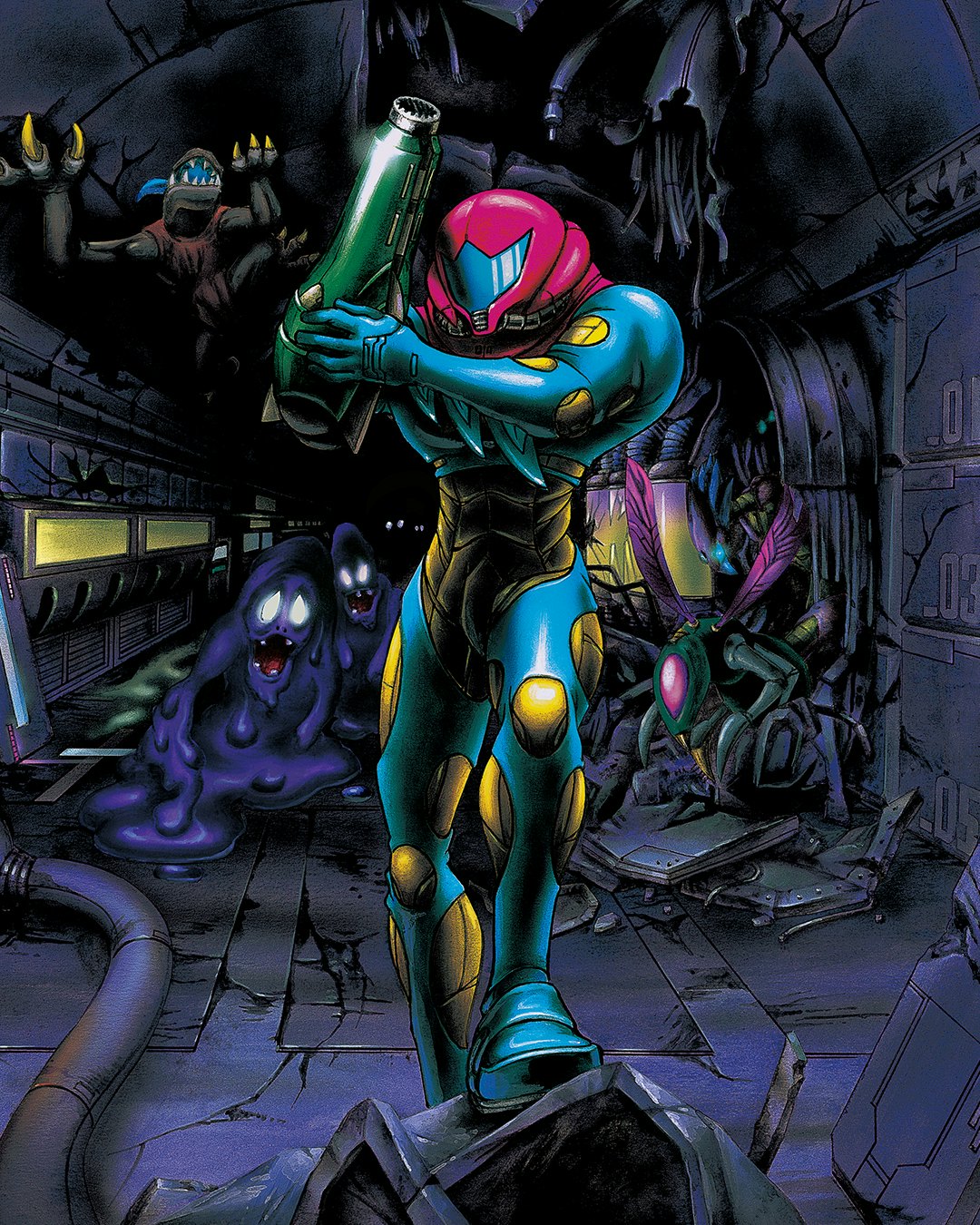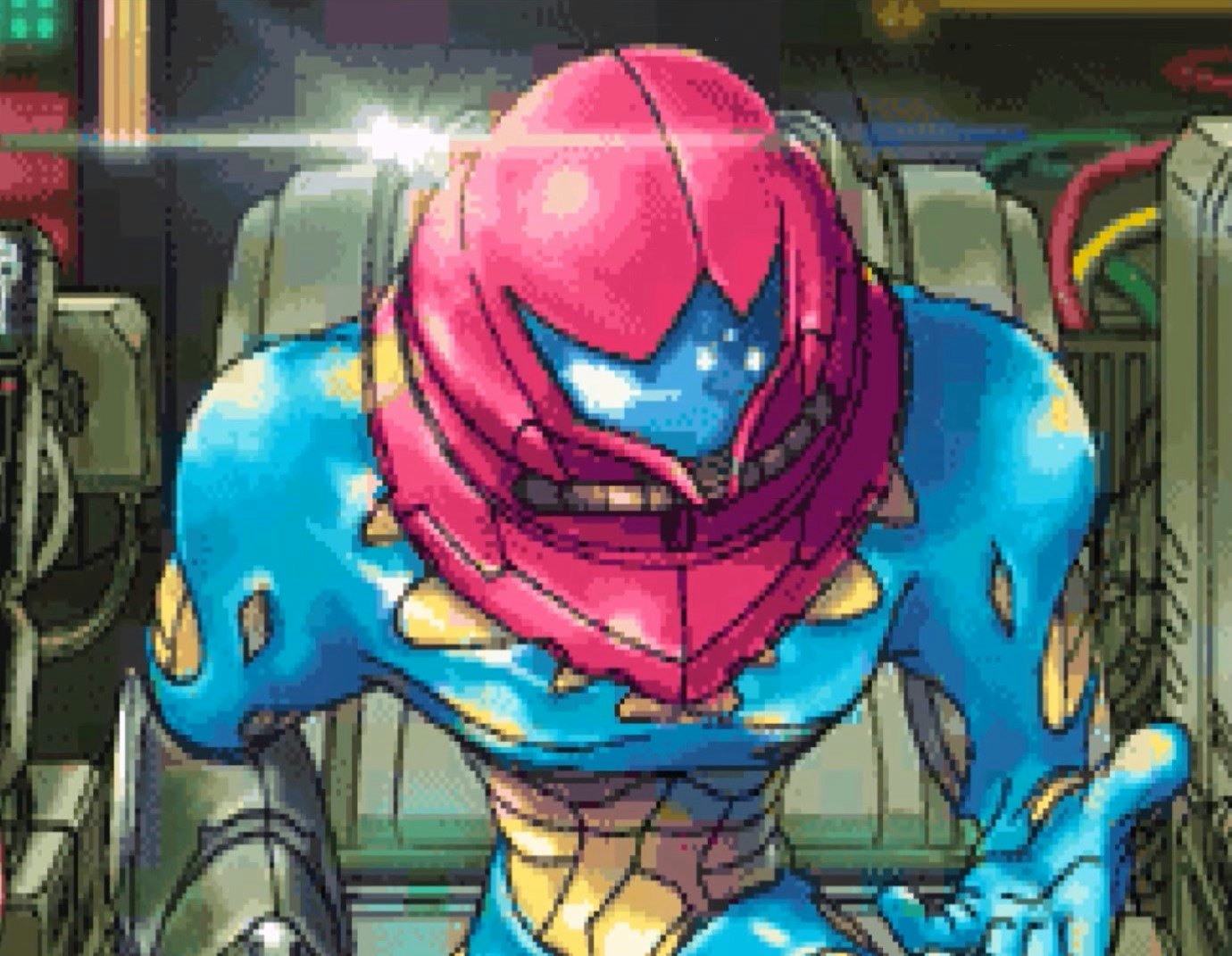
In a 48-hour window in November of 2002, Nintendo released two Metroid games and the first games in the series since 1994’s Super Metroid. One of these games was Metroid Prime, which transformed the 2D adventure game into a 3D first-person action-adventure shooter. But 24 hours before Metroid Prime was released, Metroid Fusion released for the Game Boy Advance on November 17. Metroid Fusion’s legacy as the torchbearer for the franchise’s roots and the bridge to its modern resurgence marks it as an oft-overlooked classic.
While Metroid Prime sought to convert the experience of Super Metroid into a 3D space on the GameCube, Fusion took a different approach. Developed by Nintendo R&D1, the developers of Super Metroid, Fusion retained the 2D DNA of its predecessor but sought to evolve the experience in smaller more iterative ways than Prime’s perspective shift.

Super Metroid is known for its relative hands-off approach to player guidance. You’re dropped on a planet and are given very little in the way of specific goals. Through exploration and the trial-and-error method, you defeat bosses and collect power-ups that let you explore even more of the game’s map. Filling out that map is one of the biggest struggles, as just getting your bearings is hard to do.
Fusion, on the other hand, introduces Navigation Centers. These are clear waypoints that guide Samus, and the player, quite directly to the next goal that needs to be completed. This transforms the 2D Metroid game into a much more linear experience than Super Metroid.
The classic platforming and need for power-ups from the past entries in the series remains, just put within a more mission-based structure that prevents the player from getting completely lost. In place of a focus on exploration and discovery, Fusion is a game much more interested in fleshing out the narrative of Samus. In fact, Fusion’s progression mostly revolves around progressing the scripted story rather than mechanical upgrades.
Taking place after the events of Super Metroid, Fusion sees Samus falling ill from a disease that she is only saved from with the use of a vaccine made from Metroid DNA. This effectively makes Samus like the very thing she is known for hunting and mechanically gives her a vulnerability to cold. This turn of events for Samus complicates the bounty hunter in fascinating ways. It also changes the look of her suit, giving it a shocking blue hue. Samus is then sent to save a space station infected with the very enemy that made her sick in the first place — X parasites.

Fusion leveraged animated cutscenes to tell the story in a way that previous entries never did, helping build Samus as a fully realized character living within a fascinating sci-fi universe. It also became an even more important entry in the series with the release of Metroid Dread in 2021, which is a direct sequel to Fusion.
Fusion is not only one of the best Metroid games. It also stands as one of many examples of the Game Boy Advance’s position as a great place for the Metroidvania genre. In addition to Fusion and 2004’s Metroid: Zero Mission, Castlevania fans had the likes of 2003’s Aria of Sorrow, which itself stands as one of the best entries in its series.
The Game Boy Advance has cemented Metroid Fusion’s place as a cult classic that never made it into the hands of many gamers. Well, no more. The game is now on Nintendo Switch Online, making one of the best Metroidvania games more accessible than ever.







